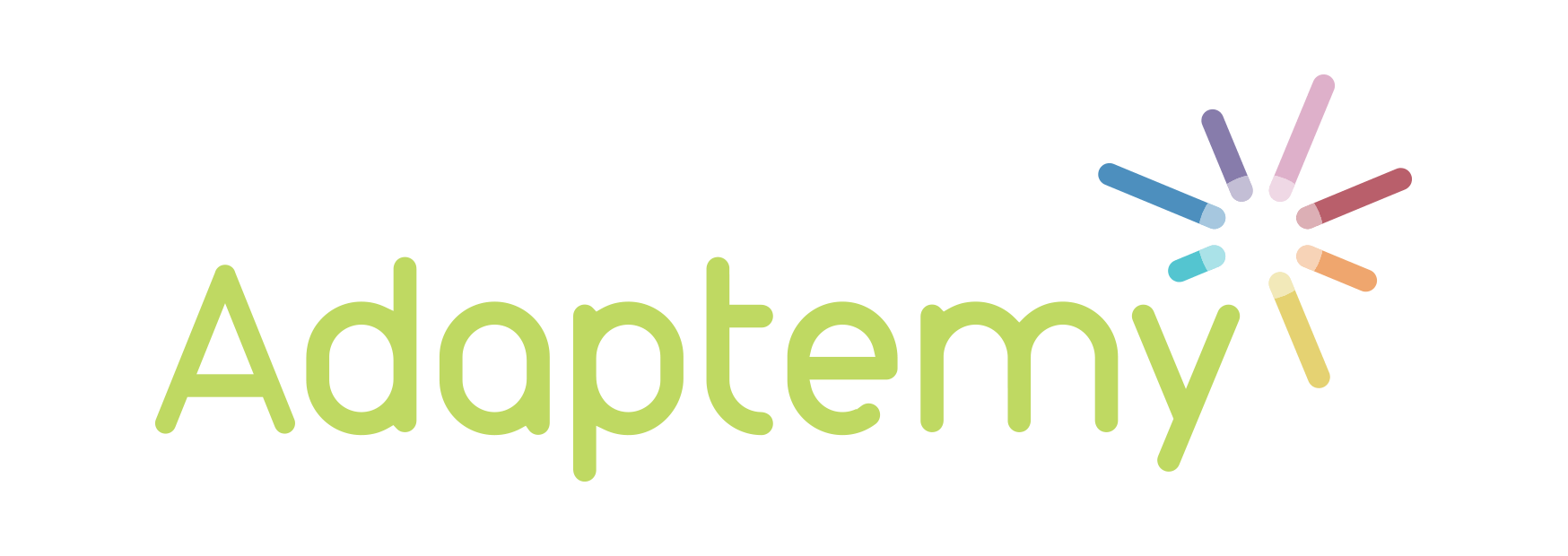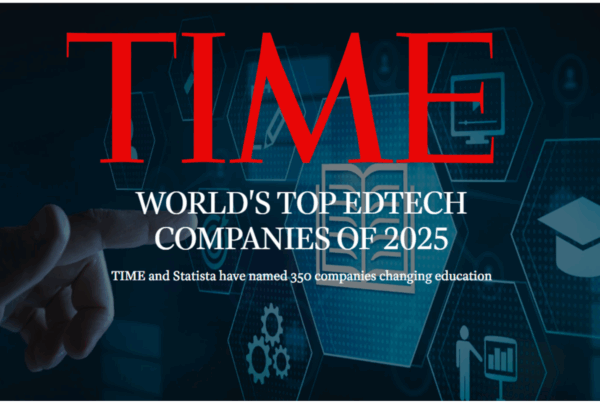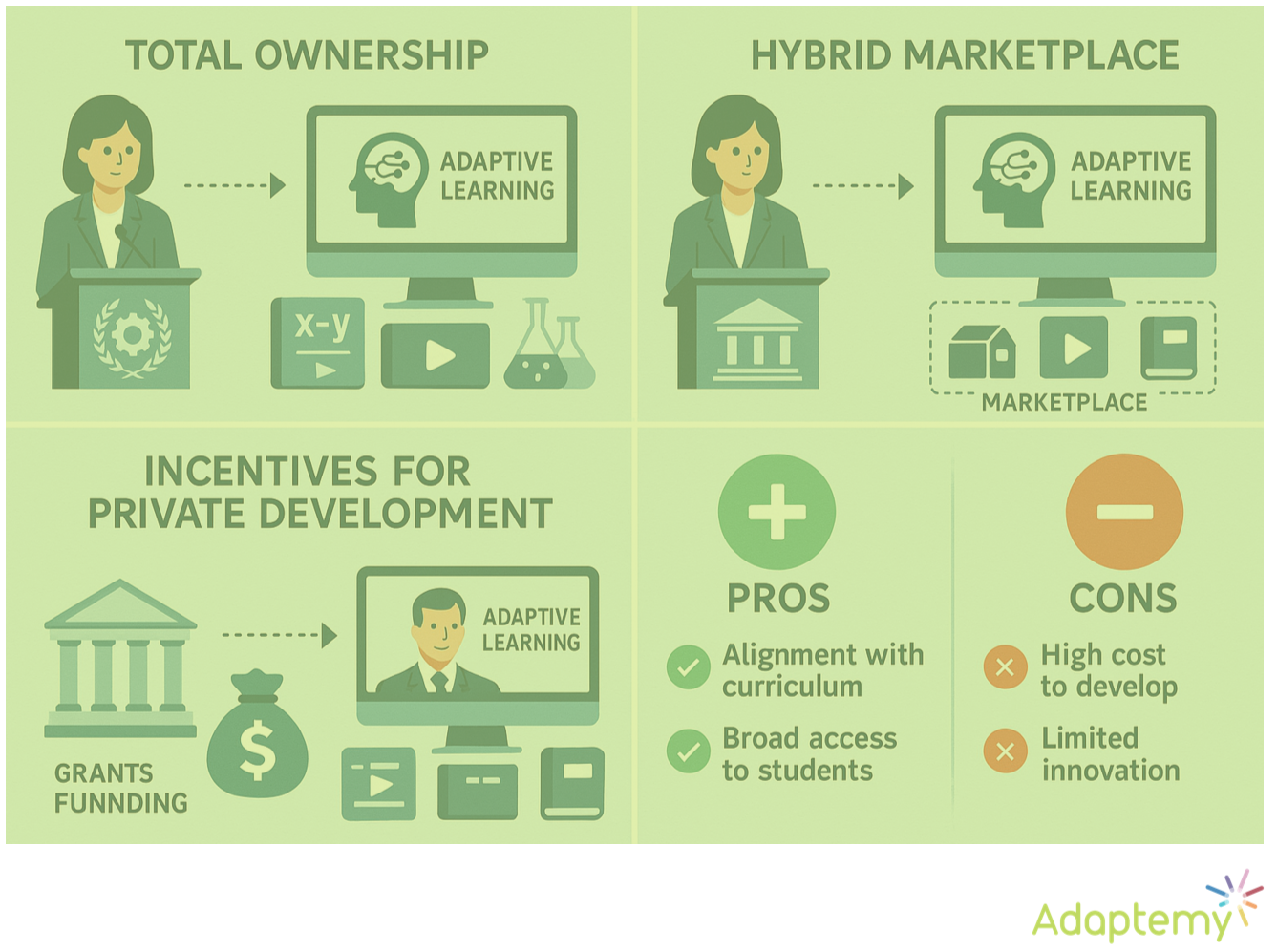
Adaptemy recognises that for many publishers, the first endeavour into digital might be through online content or a whiteboard, rather than a comprehensive tech solution. Now you’re ready to evolve your digital offering, seeing the journey ahead is vital to build the business case, communicate to stakeholders and prepare to invest.
This article takes a comprehensive look at how you’ll build an adaptive learning solution.
Building a Digital Product
Stage 1. Business Analysis
It’s important to always keep in mind exactly what the product is trying to achieve and how it will be used. Traditional print media is limited; digital provides many possibilities. Identifying where your company is trying to take the product at this initial stage could be the difference between success and failure. A clear end goal is vital, or the product can get lost in the development process.
Stage 2. Strategy Development
Based on the findings of Stage 1, the next stage is to compile a comprehensive report that contextualises the project within the strategic vision of your organisation. What is the learning experience you want to create? You start there and work back. Thinking about what is the product trying to build, how it will be used and who you are aiming the product at.
Stage 3. Technological and Content Evaluation
After the initial analyses, the existing technology infrastructure, content and Content Management Systems (CMS) at your organisation needs to be examined. Typically, this will take the format of a gap analysis, which seeks to identify content suitability and integration points with existing technology.
The output of this phase will be a clear and detailed roadmap for creating a successful adaptive learning product. You are left with a framework that defines what a student is trying to learn. At Adaptemy, we refer to this as ‘A Curriculum Map’. It is best created by the subject matter expert and the editor.
The next step is for the expert and editor to bring the map to life. Defining first the requirements of the subject area, then structuring the curriculum map, and finally charting the links between the different elements of the curriculum. Support should be given in tandem with this process.
Stage 4. Organisational Development
Certain roles and skills are required by a publisher to achieve success when introducing adaptive learning solutions. Editors and authors predominantly work on tangible items i.e. textbooks. Therefore, working on an abstract document can be alien. This stage of the process provides insights into organisational requirements and, where needed, support on change management and training needs.
Stage 5. Learning and Product Design
Next, your subject matter expert and editor will run through a simple and clear process for requirements gathering, solution design, iteration, delivery and QA. Liasoning with learning and research team ensures that the learning design of the products is informed by the latest established research. This may include the development of new product features, tools or reports.
Stage 6. Training and Qualification
When training requirements are identified, a detailed training plan of workshops should be created. This will cross specific departments within your organisation and will typically focus on Adaptive Learning, Personalised Learning and Learning Analytics, Project Management, Curriculum Design, Content Authoring and Localisation. After the first training session, the subject matter (teacher or editor) becomes familiar with the process. You should take advantage of visual and support services available to aid the subject matter. This way, they can retain expertise and ownership.
Stage 7. Implementation and Rollout
Supplementing the expertise of your marketing team means you can distinguish which messages and strategies from other territories have been successful (or not). Also, any offers of a customer persona service which supports messaging, segmentation, prioritisation and targeting should be capitalised upon.
Stage 8. Support Services
Aftercare is fundamental and an account manager should be on-hand for around the first two weeks of product launch, ready to quickly react to any issues in your market after ‘Go Live’. Your success is paramount to any service provider, as your success, is their success.
Stage 9. The Adaptemy Community
At Adaptemy, we would encourage a community approach to digitising your content. Listening to other publishers’ experiences and journeys is invaluable. This is why we established ‘The Adaptemy Community’ so customers, users and partners are all connected.
The main ambition to content authoring should be giving publishers the ability to deliver market-ready solutions in as little as three months.
To learn more about digitising your content please contact us here




